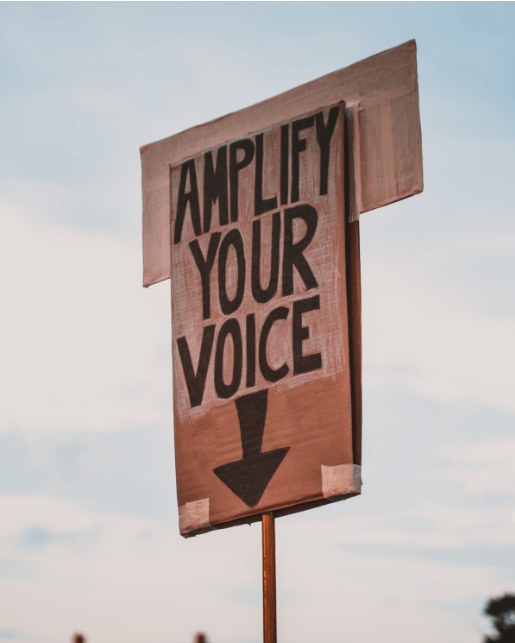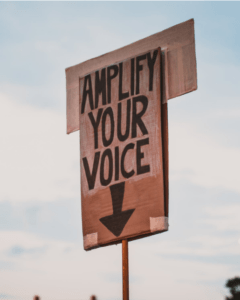Because They Care—Invite Donor Feedback to Deepen Your Relationship

You’ve got your work cut out for you.
How will you connect with donors in a manner that deepens their connection with you? How will you match their passions and values to the passions and values you enact?
You can’t — unless you explicitly ask donors for their feedback.
You do this with friends, family, co-workers, and neighbors, don’t you? “What do you think?” “Which color looks better?” “Paper or plastic?” “Italian or Thai?”
Guessing about what floats your donor’s boat is as bad as guessing whether your family prefers Italian or Thai food for dinner. It’s a recipe for disaster. Or at least for satisfying exactly no one.
There’s a better way.
Show Donors They Matter: Use Surveys to Listen, Learn, and Deepen Connection
I get lots of questions about what to include in donor surveys. But that’s the wrong place to begin.
First you must have clarity on why you’re sending the survey.
You can’t bring top value to your donor survey unless you’re specific about what value you want to receive and deliver. The great thing about donor surveys is they’re a genuine “twofer.”
- One is for you –useful information you will act on.
- One is for your donor —a way to usefully participate, other than giving money, and feel a part of a community of like-minded folks.
Donor surveys are an opportunity for a value-for-value exchange.
This is, after all, at the heart of all successful fundraising and marketing. The donor gives something of value (usually time and/or money) and you return something of value (usually an intangible “feel good;” a sense of meaning, purpose and connection). Donors are focused on value; you need to focus there too. But it’s tricky to do this unles you endeavor to get inside your donor’s head and find out how their values match those your organization enacts.
Never do something merely to check the task off your ‘to-do’ list.
If you’ve had “do a survey” on your back burner for a while, now’s the time to move it to the forefront and give it a closer and more purposeful look. Ask the “Why are we doing this?” question. What pieces of your particular donor puzzle are you looking to uncover? Begin with asking: How will I know this survey was successful?
Details




 I’m excited to share three easy tips with you, and the results are measurable. Do these things and you’ll be able to tell if they impact your bottom line!
I’m excited to share three easy tips with you, and the results are measurable. Do these things and you’ll be able to tell if they impact your bottom line!




 You’ve no doubt become familiar by now with the term “
You’ve no doubt become familiar by now with the term “